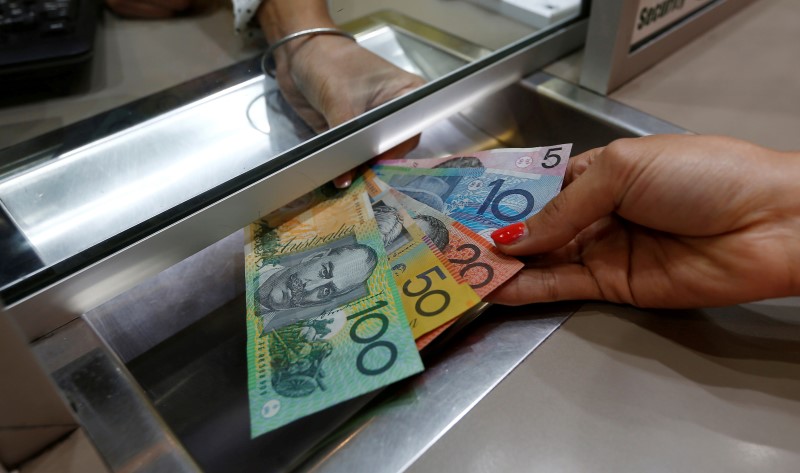BofA’s Hartnett says concentrated U.S. stock returns are likely to persist
By Ambar Warrick
Investing.com -- Australian consumer inflation grew much less than expected in January on smaller rises in food and fuel prices, but remained pinned near 30-year highs as costs still remained relatively elevated.
Consumer Price Index (CPI) inflation rose an annualized 7.4% in January, data from the Australian Bureau of Statistics (ABS) showed. The figure was lower than expectations of 8.1% and December’s reading of 8.4%.
But the reading was still the second-highest annual increase in inflation since the ABS began releasing monthly inflation data in 2018.
A dip in food and fuel price inflation was the biggest contributor to the softer reading, as the prices of both items retreated from double-digit levels. But this was offset by housing price inflation remaining close to historical highs, due to elevated mortgage rates and rising rents.
Prices for recreation and travel also still remained high, as the lifting of COVID restrictions in 2022 saw travel demand rebound sharply.
Wednesday’s reading highlights some improvements in global supply chains, which have in turn helped bring down inflation in the country. But inflation still remained well above the Reserve Bank of Australia’s (RBA) target range.
The RBA is expected to keep raising interest rates in the near-term, as it moves to bring down runaway price pressures. The central bank recently forecast that CPI inflation will only come within its 2% to 3% annual target range by mid-to-late 2025.
Rising inflation weighed heavily on the Australian economy through 2022, with recent data showing that economic growth missed expectations in the fourth quarter. Slowing growth reduces the RBA’s ability to keep raising rates.
Inflation rose sharply towards the end of 2022, driven by a mix of holiday demand and after the RBA prematurely paused its rate hike cycle. The bank hiked rates once again in February, and signaled that it will keep doing so in the near-term.
The Australian dollar sank 0.4% after the inflation reading.
